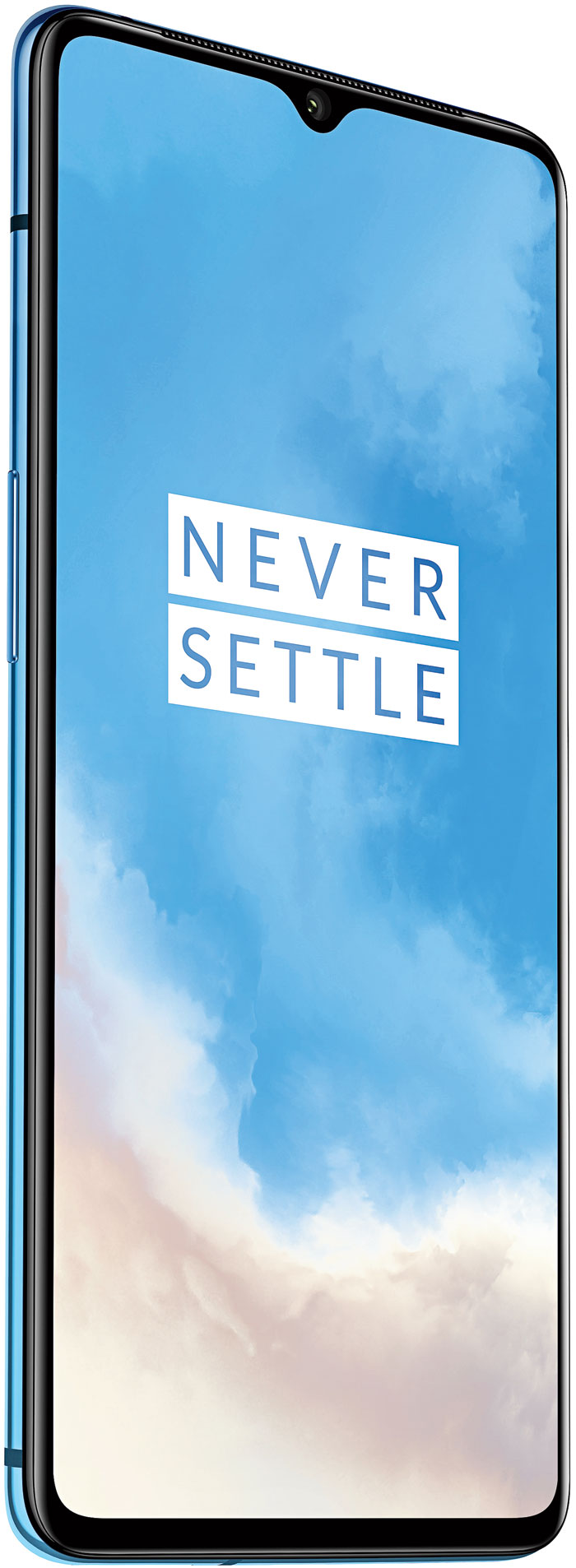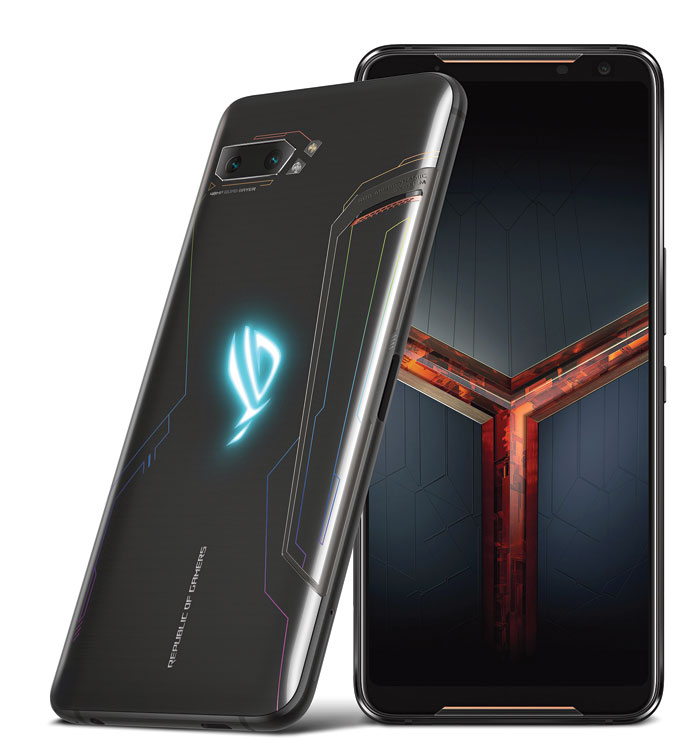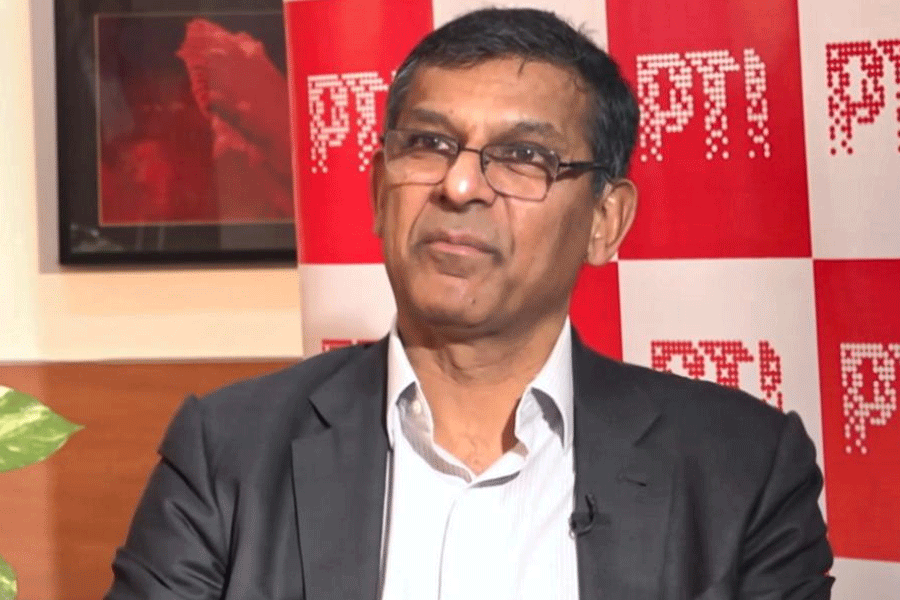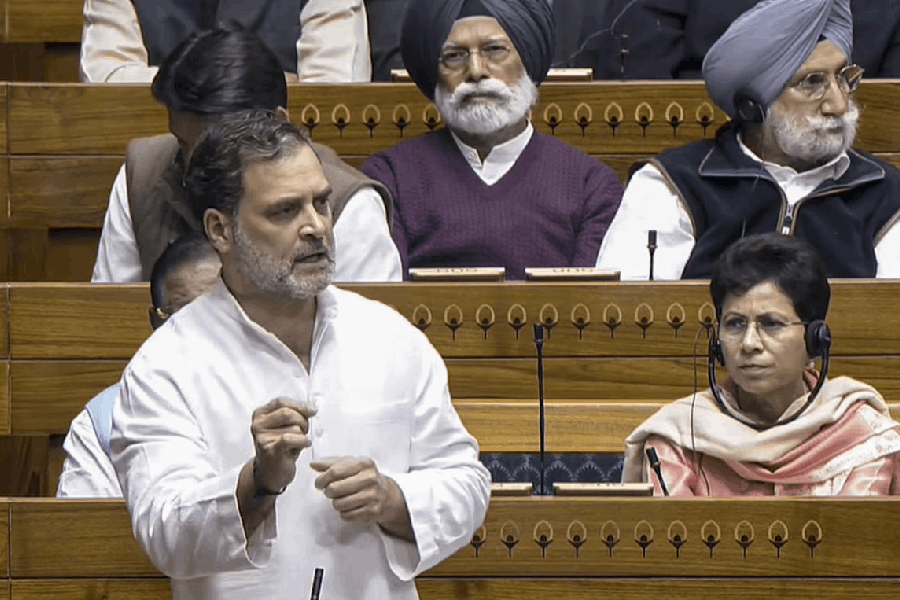OnePlus TV Q1 Pro
Price: Rs 99,900
Having secured a stronghold in the premium Android smartphone space, OnePlus has trained its sights on the television segment and the Q1 Pro, its flagship model, is a strong first outing that hopes to capitalise on the goodwill and brand premium OnePlus has earned with its phones and accessories. The asking price, though, may give buyers pause.
Slim borders, a floating panel design and a carbon fibre finish on the rear all come together to make the OnePlus one of the more striking TVs I’ve seen in the mid-range segment. The attention to detail carries over to the magnetic cover for cable management for the ports on the rear — speaking of which, the TV offers four HDMI, two USB, one Ethernet and digital optical audio ports. Turn it on, and the motorised soundbar descends into place below the panel and adds quite a bit of flair and style to the package. Its eight front-firing speakers (50W, two woofers, four drivers and two tweeters) push out some of the best sound I’ve heard coming from a TV in a long while. The highlight of the TV though is the 4K QLED panel, which has vibrant colours and excellent brightness levels and makes high-definition content, particular HDR content, look really great and an absolute delight to watch. OnePlus differentiates the Android TV offering by its OxygenPlay content aggregation service and the OnePlus Connect app, both of which are great first attempts and have the same sense of software-feature restraint I’ve loved on OnePlus phones so far.
Mounted on the table stand, the TV wobbles too much to inspire confidence. The remote is clearly inspired by the Apple TV remote, but is a little too minimalistic and will need a lot of fiddling around and relearning for most folks. Netflix isn’t available at launch, which is disappointing for a premium offering. And then there’s the pricing, which puts it in the same category as several good Samsung and LG models — buyers could consider the Q1 non-soundbar variant that’s cheaper by Rs 30,000.

Apple Watch Series 5 Apple
Apple Watch Series 5
Price: Rs 40,900 onwards
Apple Watch extends its dominant lead in the smartwatch segment with the Series 5 adding in a long-overdue feature that’s core to the watch experience — an always-on display. Coupled with the excellent fitness-and health-tracking capabilities, Apple Watch remains the best option, by far, for iPhone toting folks.
The Series 5 remains visually identical to the Series 4 save for new titanium and ceramic finishes (which don’t retail in India). The standout feature, of course, is the always-on display, which lights up and shows more data when it’s active, but goes into a dimmer power-saving mode when not, and the transitions between the two modes across all the watch faces are thoughtful and slickly implemented. The other additions — a built-in compass and international emergency calling on the cellular variant — might be useful to some, but most folks will likely consider this for the workout, noise level and cycle tracking that’s new in watchOS 6 and, of course, the recently rolled out ECG capability that the Series 5 shares with the Series 4. Interestingly, the Series 3 variant with built-in GPS, heart rate sensor and water resistance is now available starting Rs 20,900, allowing for a lower price point for folks looking to dabble in the Watch ecosystem.
No native sleep tracking. Battery life expectedly takes a bit of a hit with the always-on display — the Watch just about manages to last a full 8am-to-10pm day with always-on and cellular enabled, and this goes up to two days if you turn the Series 5’s marquee feature off.

OnePlus 7T OnePlus
OnePlus 7T
Price: Rs 37,999 onwards
Coming close on the heels of the OnePlus 7 and 7 Pro launch is the OnePlus 7T — perhaps a bit too close if you ask folks who have put down good money for the 7 lineup not so long ago. Look past that fact, and the 7T delights with the OnePlus hallmarks of slick design, high-end specs (including a 90Hz display) and the polished Android 10-based Oxygen OS experience.
By packing in a taller full HD+ display with the fluid 90Hz refresh rate into a fresh new metal and frosted glass design, OnePlus has taken some of the best bits of the 7 Pro and brought them to the OnePlus 7T price point, and the difference the 90Hz display makes is visible in practically everything you do on the phone. Can’t say I’m the biggest fan of the Moto
Z-styled circular camera bump, but everything else about the phone feels well sorted out. The 7T also sports the new Qualcomm Snapdragon 855+ chip, which, coupled with the fluidity of Oxygen OS and fast UFS 3.0 storage, makes the phone second to none in terms of performance. Charge on the 7T goes from zero to 70 per cent in half an hour, and lasts just past six hours of screen-on time.
The new triple-camera setup does well, for the most part, courtesy the 48MP Sony IMX586 sensor, but the ultra-wide and telephoto shooters lack in quality as compared to the main sensor and vary quite a bit in terms of colour science and calibration. Low-light images occasionally suffer from autofocus issues. Faces competition for the gaming crowd from the brilliantly priced ROG Phone II.

Asus RoG Phone II Asus
Asus RoG Phone II
Price: Rs 37,999 onwards
Gaming phones are seeing an uptick of late with the original ROG Phone and the Black Shark 2, but it’s the ROG Phone II that’s likely to entice an audience beyond gaming enthusiasts. It packs in practically every feature one can think of, at a price that’s super aggressive up against the OnePlus 7T.
The ROG Phone II is full of thoughtful design elements — an additional Type-C port for charging and video output on the left, so you can plug it in while gaming in landscape mode, is just one example. If you can handle the heft, the phone throws in the kitchen sink in terms of specs and features — a 120Hz refresh rate 10-bit HDR
full-HD+ display, Asus’ AirTrigger system (shoulder buttons for gaming), a top-of-the-line Snapdragon 855+ chip, 8GB of memory and 128GB of storage! No surprises then that the phone is a beast of a performer, particularly when you enable Asus’s performance-oriented X Mode, and this is hands-down the best gaming phone around (even the base 8GB variant). The AirTriggers are a bunch of fun, too, particularly in a game like PUBG. What’s downright insane is that even with the screen running full tilt at 120Hz, the phone lasted well past a day on a single charge, courtesy the capacious 6,000mAh battery. Asus has made no compromises when it comes to the ROG Phone II, and it shows!
The industrial look, complete with the air vents and lit-up logo on the rear, is a clear indication to any onlooker that you’re not holding just about any ordinary smartphone, but the downside is the added size and bulk — this is not a phone one can use one-handed. The in-display fingerprint scanner is a tad slow. Cameras turn out good images in daylight but struggle a bit in low light. The price jump (Rs 59,999) to the 12GB/512GB variant seems a little excessive, especially since it lacks the du jour water resistance and wireless charging.

Amazon Kindle Oasis Amazon Kindle
Amazon Kindle Oasis
Price: Rs 21,999 onwards
Amazon’s flagship e-reader, the Kindle Oasis, may not look too different from the model it replaces, but its ability to shift the colour of its display light from cold to warm white makes a surprising amount of difference to the reading experience.
Phones have been setting their displays to warmer tones after sunset for a while now, so the inspiration for the new Kindle Oasis was clear. The
25-LED front light evenly lights up the e-ink display, going from brilliant white to warm yellow over 24 shades, so you can shift it manually in the evenings to aid with sleep (by removing blue light) or keep it on the warmer light all the time. Set it to between 15 and 20 on the scale, and you’ll match the colour of your favourite paperback, which immediately makes the words far more welcoming than the clinical white of the previous Kindles.
The rest is exactly the same as the previous model, which means it’s still water-resistant (up to 60 minutes of 2m water) and it still uses the dated microUSB charging port. Given the shift to USB-C, you’ll probably have to carry a dedicated cable to charge your Kindle — fortunately, the battery life is excellent. Pricey, but if there’s a no-holds-barred antidote to the distraction overload we face today, this is it.
Tushar Kanwar is a tech columnist and commentator. Follow him on Twitter @2shar. Mail your tech queries to t2onsunday@abp.in











